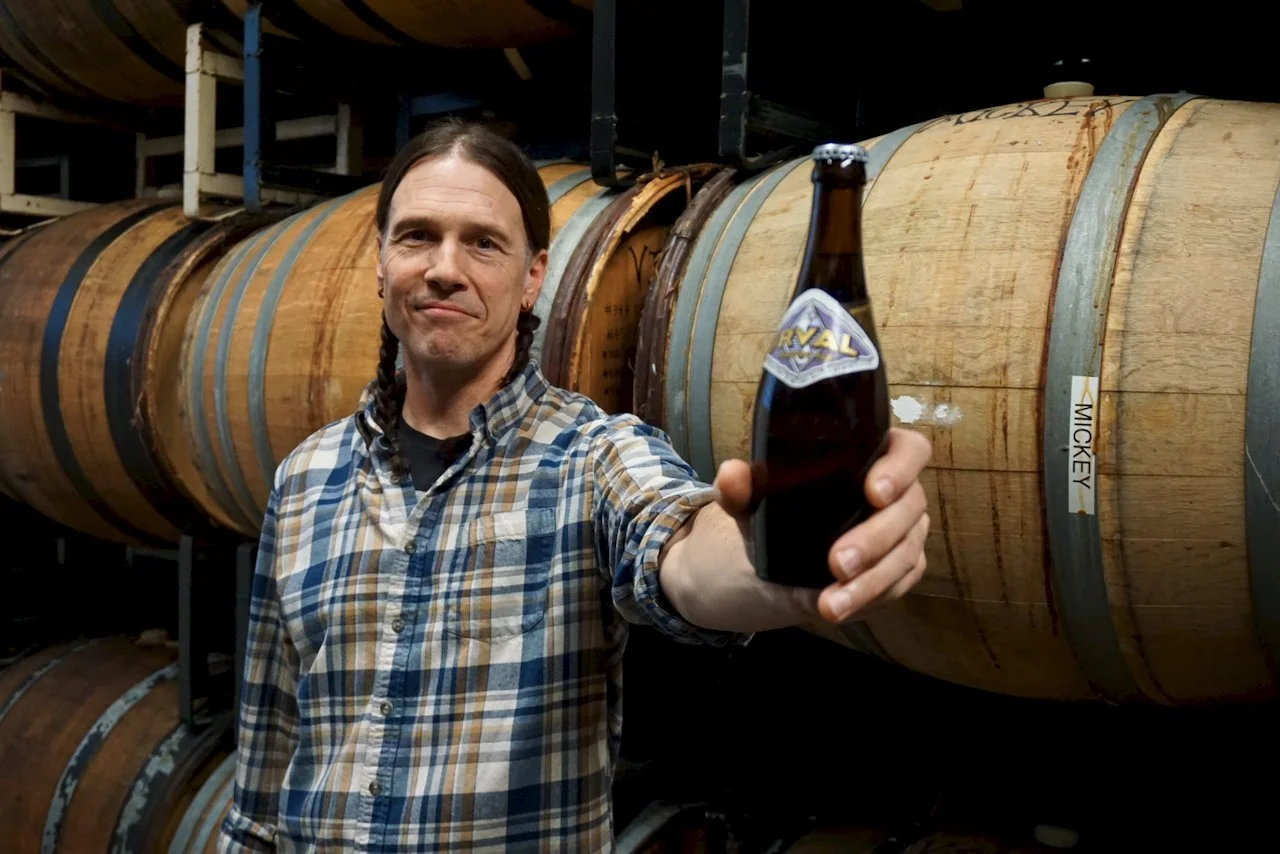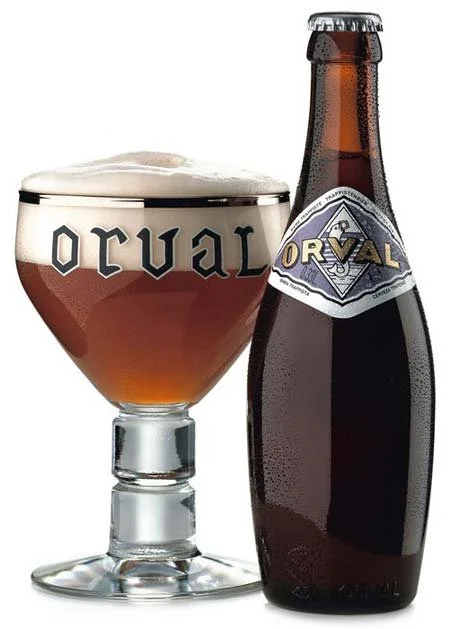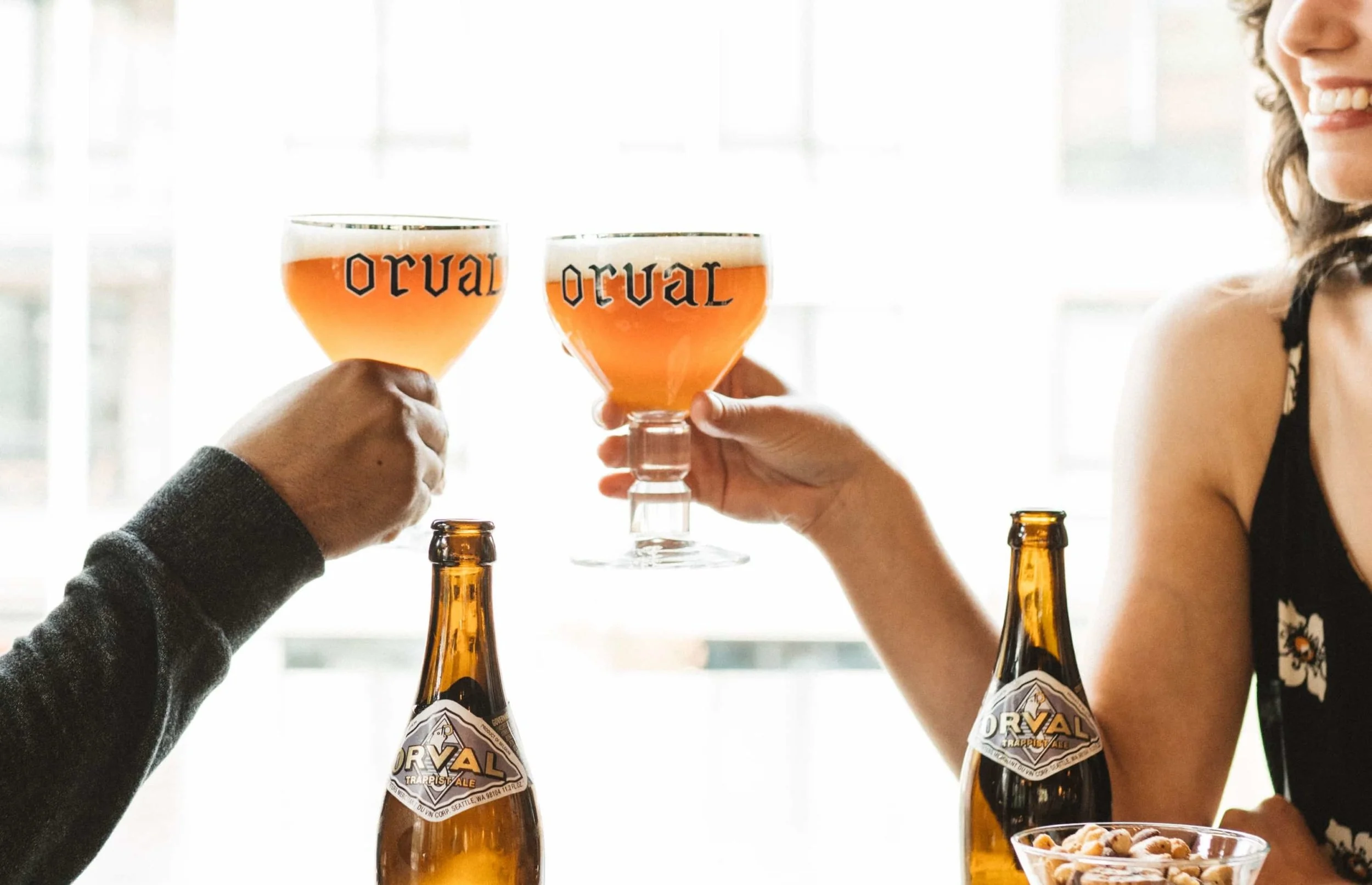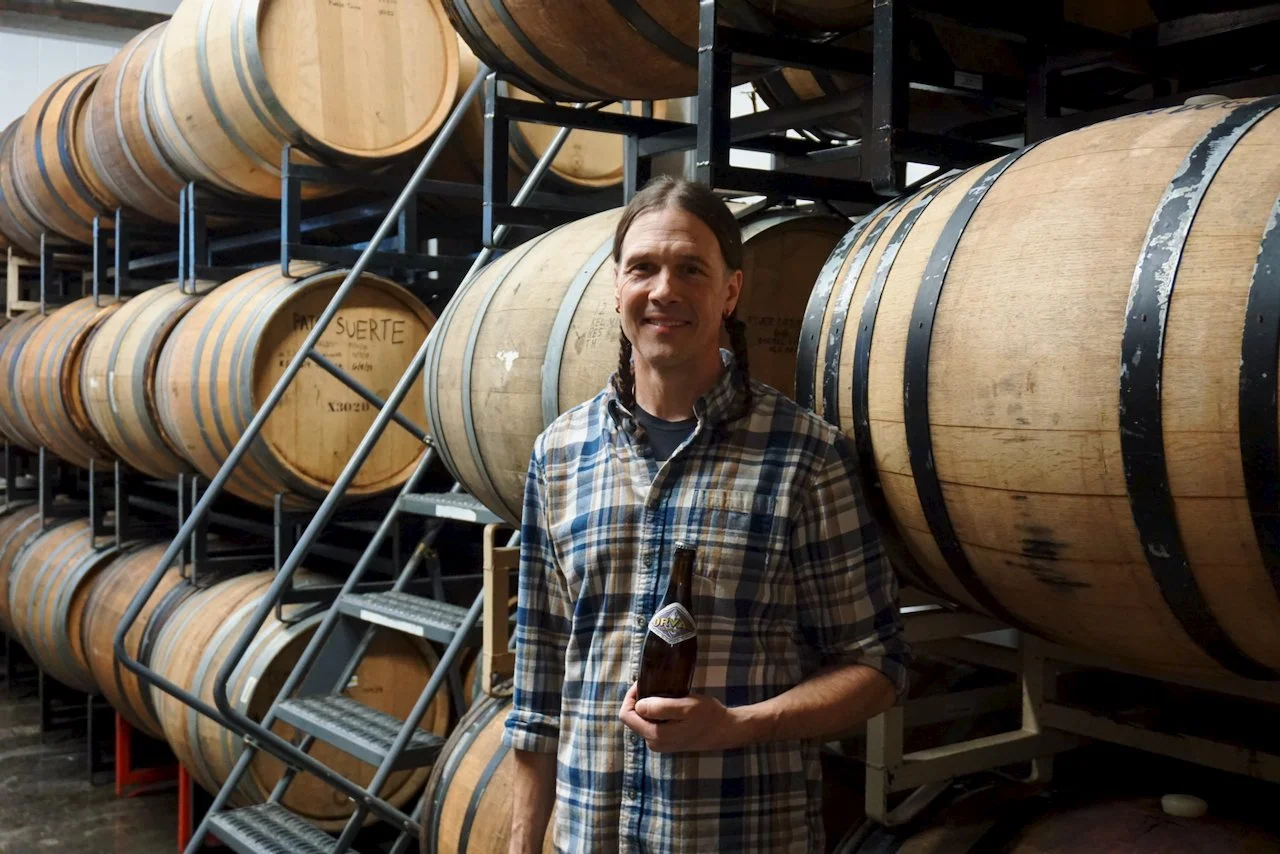How the classic beer Orval inspired The Ale Apothecary
Every beer drinker has that one beer they turn to time and time again, an old faithful that never lets them down. For many, this beer is usually a staple of sorts or at least what one might call a “shelfie” in that it is readily and widely available. In some cases, this is the beer that started it all for you. Perhaps it was a pioneering craft brew that enlightened you to the world of beer that actually tastes good, or perhaps it is a beer that made you completely rethink what you thought you knew about a particular style. Whatever it may be, this is a beer that made an impact on you and is burned into your taste buds forever. In our monthly column The Beers That Made Us, we talk with brewers about the beers that have made the biggest impact on them in terms of their personal taste and love of craft beer, as well as how it inspired their personal approach to brewing.
For more than a decade, Paul Arney has been quietly crafting bold beers from the woods just outside Bend, Oregon under the Ale Apothecary name. His beers are wonderfully different, brewed using homemade equipment and ingredients painstakingly sourced as locally as possible. While most if not all Ale Apothecary’s barrel-aged beers skew on the funky and sour side, it would be an oversimplification to classify them as sour beers as each one carries its own stamp that is the result of the combination of airborne yeast, the symbiosis of ingredients, and time. The resulting wild ales are well worth seeking out and may even qualify Ale Apothecary as one of the most underrated breweries in the country. Arney may have put in his earlier years as a brewer at Deschutes, but his work with Ale Apothecary finds him savoring small batches and intimate brewing operations over the industrialized process of his former employer. Given his passion for brewing beers that continually surprise while also carrying his signature style, it may come as little surprise that one of the most influential beers for Arney is a beloved classic that continues to perplex and surprise drinkers. It also happens to come at the perfect time, as this special beer celebrates its very own holiday, this Saturday, March 23rd, 2024 is Orval Day.
Beer:
Orval
Your first time:
Paul Arney: I had some minor experience trying to clone it as a young brewer while learning about Trappist ales and was fascinated by how different Orval is than the other monastery beers in Belgium. My major Orval moment came when I visited Belgium with my wife Staci in 2003 and I made it a point to visit. Orval resides in Wallonia, on the far eastern side of Belgium. We had to take a train into Luxembourg and rent a car, then drive back into Belgium to Orval. I knew I probably wasn’t even going to get into the brewery (I didn’t have the right connections) but all the mystery surrounding this beer and brewery spoke to me at a fairly deep level and I was determined to experience the place where this beer came from. The cafe and hostel we stayed at was right across the street from the brewery and seeing a fridge completely full of nothing but Orval is a vision that I recommend you seek out for yourself. I met a fellow who lived down the road named Guy (pronounced ‘Gee’ with a hard G). Guy had worked at the brewery for many years and we fell into a great conversation that needed to continue after the cafe shut down. After sending Staci off to bed, I went back to his place and he pulled out bottle after bottle of vintage Orval. We had the kind of conversation that you can only have while traveling, and across cultural divides. The beers were amazing, displaying an ‘Orval-ness’ even though each vintage was distinct. Needless to say, when Guy delivered me back to the cafe after phoning ahead to make sure they left a door open for me, I had become enchanted with this beer and the place it comes from.
What makes it special:
Paul Arney: Orval is a bit of an enigma as it is the only beer the monastery produces. The beer is only available in their trademark bottle and its production is unlike any of the other Trappist beers. It is dry-hopped relatively warm for an extended period of time and bottle-conditioned with brettanomyces. It’s really a commitment to a level of quality that I can’t think of anywhere else in the brewing industry. The simplicity of producing just one beer allows a different kind of focus than we are used to experiencing in our modern craft beer world. Just the fact that they carbonate the beer so high that you simply can’t rush through getting the beer into your glass is a phenomenal message. Hey! Slow down! Something amazing is in your hands!
Why this beer is influential:
Paul Arney: I think Orval is influential for its embrace of producing something different and unique to itself. The story of the monastery itself is full of history and legend, and the beer stands for many things that attracted me to what is special about the art and history of making beer.
Why beer drinkers should pay attention:
Paul Arney: Because it’s fucking delicious!
How this beer inspired your brewery:
Paul Arney: Initially, Sahalie was going to be the only beer I brewed at The Ale Apothecary à la Orval. Sahalie is inspired by Orval in a number of ways, from the idea of an ‘umbrella' of consistency with vintage deviations based on age and the seasons. When I designed my ideal brewery, Orval was never far from my mind as a source of inspiration with regards to quality and focus, but also as to the experience that the consumer has each time they come back to visit. I absolutely love this beer!
The Beers That Made Us is a monthly column exploring brewers favorite underappreciated or simply classic beers that they find essential drinking. Read past entries into this series with Russian River Brewing founder Vinnie Cilurzo, Chuckanut Brewing founder Will Kemper, Hair of the Dog Brewing founder Alan Sprints, Firestone Walker founder David Walker, and many, many more.





